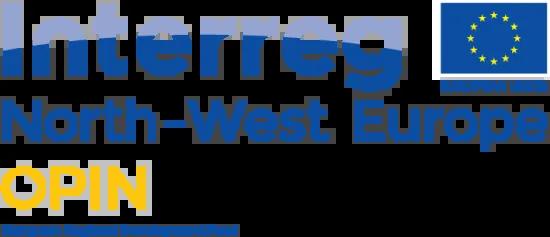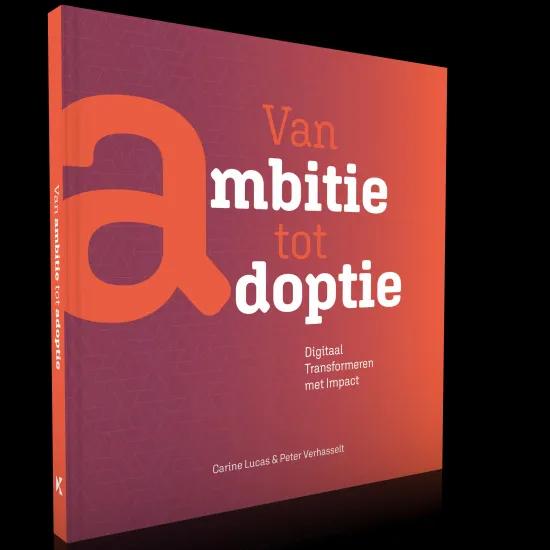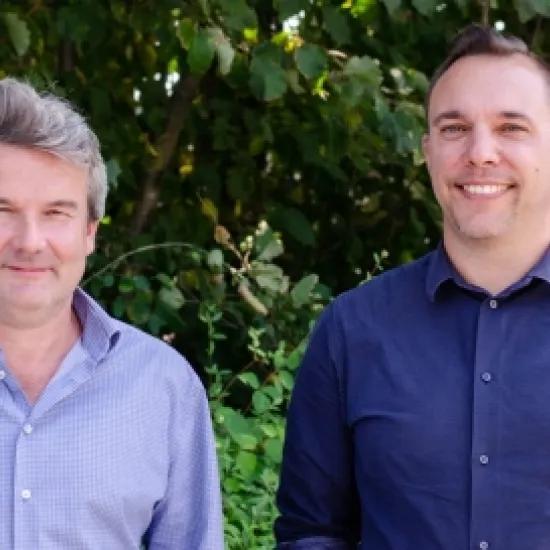Products developed for operations in harsh environments can truly benefit from innovation in sustainable design and materials. On 22 October Sirris will organise a webinar focusing on different challenging situations where the right choice in material and design can make or break your product.
Adhesively bonded joints for maritime industry
The combination of steels and composites in adhesively bonded structures can reduce weight while preserving strength, leading to lighter and stronger structures. The potential savings, along with the manufacturing advantages, have motivated the shipbuilding industry to explore the use of adhesively bonded hybrid joints in primary structures, capable to withstand high loads and guaranteeing safety. Currently, no certification guidelines exist to orient the industry when certifying new designs using such hybrid assemblies, which limits their use to secondary structures. Professor Wim De Waele from Universiteit Gent presents how the QUALIFY project will provide the necessary knowledge to remove these technological and regulatory barriers, enabling their use in primary structures in shipbuilding and maritime constructions.
Corrosion monitoring
Corrosion poses an important challenge for the design and operation of ocean energy devices. The impact on the cost of energy is significant but not always well known. Difficult access and limited windows of opportunity drive up the cost of inspections. Now, availability of sensor technology, technology for data transmission and data analysis opens opportunity for remote corrosion monitoring and better corrosion management. First steps towards corrosion monitoring have been taken in fixed offshore wind industry in the last few years (following the highly successful implementation of structural monitoring). However, there are still gaps in the available technology and many questions relating to monitoring strategies and data interpretation remain. In his talk, Jeroen Tacq from Sirris will briefly discuss the sector-specific challenges and potential benefits of corrosion monitoring. Next an introduction will be given on available technology, suggestions for efficient monitoring strategies and lessons learned. The talk will conclude with a reflection on the future of corrosion monitoring.
Improving internal lining of heat exchangers
SÄKAPHEN, a German based paint manufacturer, and Donelli Alexo, an Italy-based coating applicator, have jointly been working together for over 18 years to continue improving technologies initiated over 6 decades of experience in the area of internal lining of heat exchangers to prevent corrosion, erosion and fouling as well as reducing maintenance costs. This presentation summarises the latest findings in most recent development areas such as CO2 reduction assessment, extraordinary maintenance to extend items lifetime, micro-bacteria induced corrosion mitigation. Lastly, it will offer a call for potential joint R&D cooperation and frugal innovation in fields such as cleaning of equipment used in renewable energy as well as self-disinfecting technologies against sulfur reducing bacteria.
Corrosion of reinforced concrete
Reinforced concrete is subjected to degradation processes in marine environment dure to fatigue and corrosion. This speech focusses on corrosion that is induced by the pH decrease resulting from chloride ingress. The concrete cover acts as a protective layer against the penetration of chlorides, but predicting this ingress is still a challenge due to the understanding of some chemical-physical effects, the uncertainties of the environment (temperature, humidity, ...) and the variability of the concrete properties. This is where monitoring can give an added value. Université de Nantes was involved in more than 10 research projects in that field during the last 5 years.





